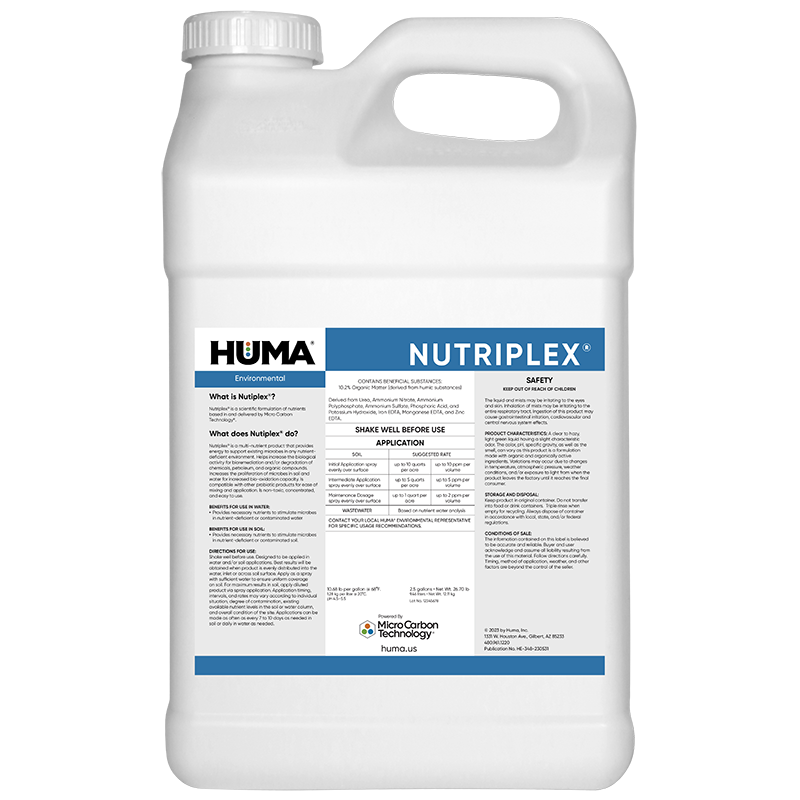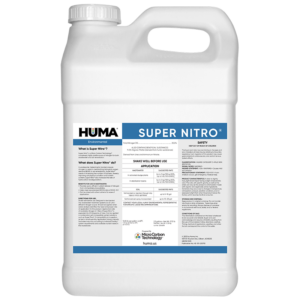FAQs
Related Products
Related Case Studies

Bio Energizer® Reduces Sludge at Small Municipal Facility
Problem A small town in Utah (pop. 1,800) had a municipal wastewater system with a flow rate of 192,000 gallons per day. The system included a series of four lagoons that tapered to a depth of 6 feet, although at this time only Ponds 1 and 2 were being evaluated for treatment as they were

Bio Energizer® Reduces Sludge at Small N.M. Municipal Facility
Problem A small town in New Mexico (pop. 1,300) had a municipal wastewater system with a flow rate of 50,000 gallons per day. The system included a series of three lagoons that tapered to a depth of 13 feet. Pond 1 had an average sludge depth of 1.9 feet, Pond 2 averaged 3.5 feet, and

Bio Genesis® Reduces Foam and Increases Stability at Idaho Municipal Wastewater Treatment Facility
Problem A municipal wastewater treatment facility in Idaho uses a small, activated sludge system to treat 35,000 gallons per day (gpd); waste activated sludge (WAS) is removed from the system approximately every 2 to 3 weeks. The system frequently experienced intermittent foaming and settling issues, as well as seasonal impact from grease relating to the
Related Blog Posts

The Probiotic Solutions Product Quality Assurance Process

Breaking Down COD
By Heather Jennings, PE When I first came into the water field in the 2000s, the general rule of Chemical Oxygen Demand to Biochemical Oxygen Demand (or COD to BOD5) was 2:1. That was pretty much all you needed to know in order to understand whether something could be treated chemically, physically, or biologically. Now, the wastewater industry has moved toward COD instead of BOD5. The reason that COD is

Spring Is Coming and It’s Lagoon Time!
By Heather Jennings, PE As winter loses its grip on us and we move toward spring, it’s finally time to start monitoring lagoons for seasonal turnover and stricter permit requirements. It’s also a great time to start bioremediation of your lagoon organic sludge! With warmer weather it is easy to capitalize on those microorganisms that






